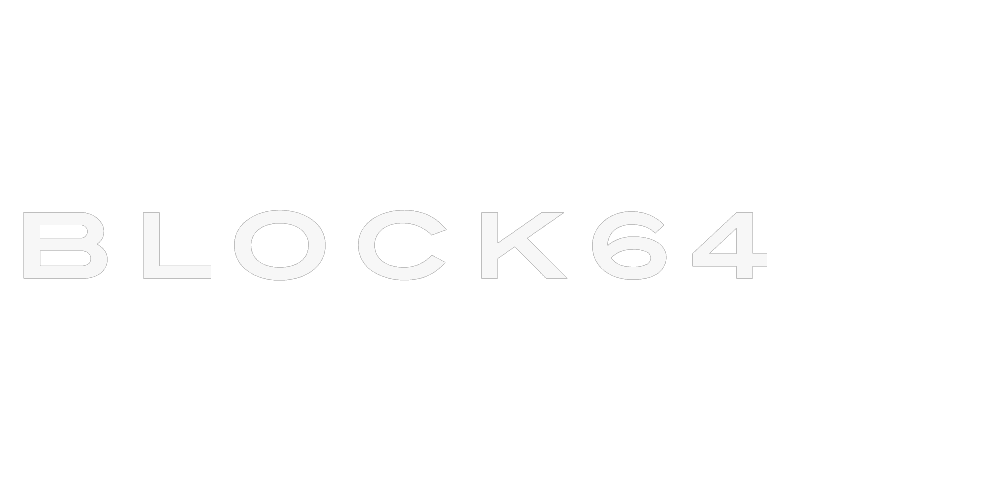Zero Trust has established itself as the gold standard for an organization to implement robust security. Often listed as a CISO’s number one priority, the “never trust, always verify” mantra places organizations well ahead of peers and bad actors.
But there’s a piece of the zero trust puzzle that often gets overlooked – an unspoken, “secret ingredient.” Without it, no ZT strategy has any real chance of success.
We are talking about modern software asset management (SAM) practices – and all the work that goes into making it happen.
The good news is that when done right, good SAM doesn’t just lead to stronger security. It unlocks numerous other benefits, such as cutting out wasted spending, and speeding the path to the cloud and beyond.
So, let’s take a closer look at zero trust, powered by solid SAM practices.
A Quick Recap: What is Zero Trust?
Zero Trust challenges the traditional perimeter-based security approach by assuming all users, devices, and applications are untrusted until proven otherwise. It operates on the principle of “never trust, always verify” and focuses on protecting critical assets through continuous monitoring and strict access controls. Key elements of Zero Trust include:
- Identity and Access Management (IAM): IAM is at the core of ZT, ensuring that user identities are properly verified and authenticated before granting access to resources. It emphasizes the principle of least privilege, granting users only the necessary access privileges based on their roles and responsibilities.
- Network Segmentation: Network segmentation divides the network into distinct zones, limiting lateral movement and minimizing the potential impact of a security breach. By separating critical assets into isolated segments, organizations can contain and mitigate security incidents effectively.
- Microsegmentation: Microsegmentation takes network segmentation to a granular level, enabling organizations to establish fine-grained security controls at the application or workload level. It provides enhanced visibility and control over traffic flows within the network, reducing the attack surface and minimizing the risk of lateral movement.
- Continuous Monitoring: Continuous monitoring involves real-time assessment and analysis of network activities, user behaviors, and system vulnerabilities. It enables swift detection and response to potential security threats, ensuring proactive mitigation measures are implemented.
The Intersection of SAM and Zero Trust:
With Zero Trust defined, let’s see how good Software Asset Management practices play a crucial role at every step.
- Identity and Access Management: SAM provides organizations with a comprehensive view of software assets and their associated licenses. This information enables accurate user provisioning and access management, ensuring that only authorized individuals have access to the necessary software resources.
- Network Segmentation and Microsegmentation: By maintaining an accurate inventory of software assets and their dependencies, SAM facilitates effective network segmentation and microsegmentation. It ensures that critical applications and workloads are identified, properly categorized, and isolated within their respective segments, reducing the attack surface and enhancing security.
- Vulnerability Management: SAM supports continuous monitoring by providing insights into the software versions deployed across the organization. It enables proactive identification of outdated or unpatched software, allowing IT teams to prioritize vulnerability remediation efforts and reduce the risk of exploitation by malicious actors.
- Compliance and Audit Readiness: SAM aids in compliance with licensing agreements and regulatory requirements, ensuring that software usage aligns with established policies. By maintaining a clear audit trail of software assets and licenses, organizations can demonstrate compliance during security audits, minimizing the risk of non-compliance penalties.
The power of SAM-supported Zero Trust:
Implementing effective Software Asset Management practices sets the stage for a robust Zero Trust security strategy. In fact, you can’t have one without the other. SAM provides the foundation your organization will need to properly implement ZT.
By implementing effective SAM practices, organizations can align their software assets with the principles of ZT, enhancing identity-centric security, micro-segmentation, continuous monitoring, least privilege access, and encryption.
The benefits don’t stop at security. With more insights, comes better decision making – and budgeting. A solid SAM foundation with also help identify and eliminate under-utilized or unnecessary software licenses.
Conclusion:
It’s time to stop talking about security without first talking about software asset management.
It’s time to stop talking about security without first talking about software asset management.
Not only is SAM essential to delivering on Zero Trust principles – without it, businesses are putting their operations at risk.
How can you direct a SAM-driven security strategy?
For IT solutions providers, and their customers, it starts with gaining a clear view of the entire infrastructure – and matching those insights with actionable advice and guidance. That’s where a company like Block 64 comes in.
We offer IT service providers and businesses the tools they need to modernize security, with our comprehensive discovery, reporting and analytics tools.
Want to learn more? Get in touch today to see how our solutions can help your business speed up decision making, modernize ITAM and strengthen security.

